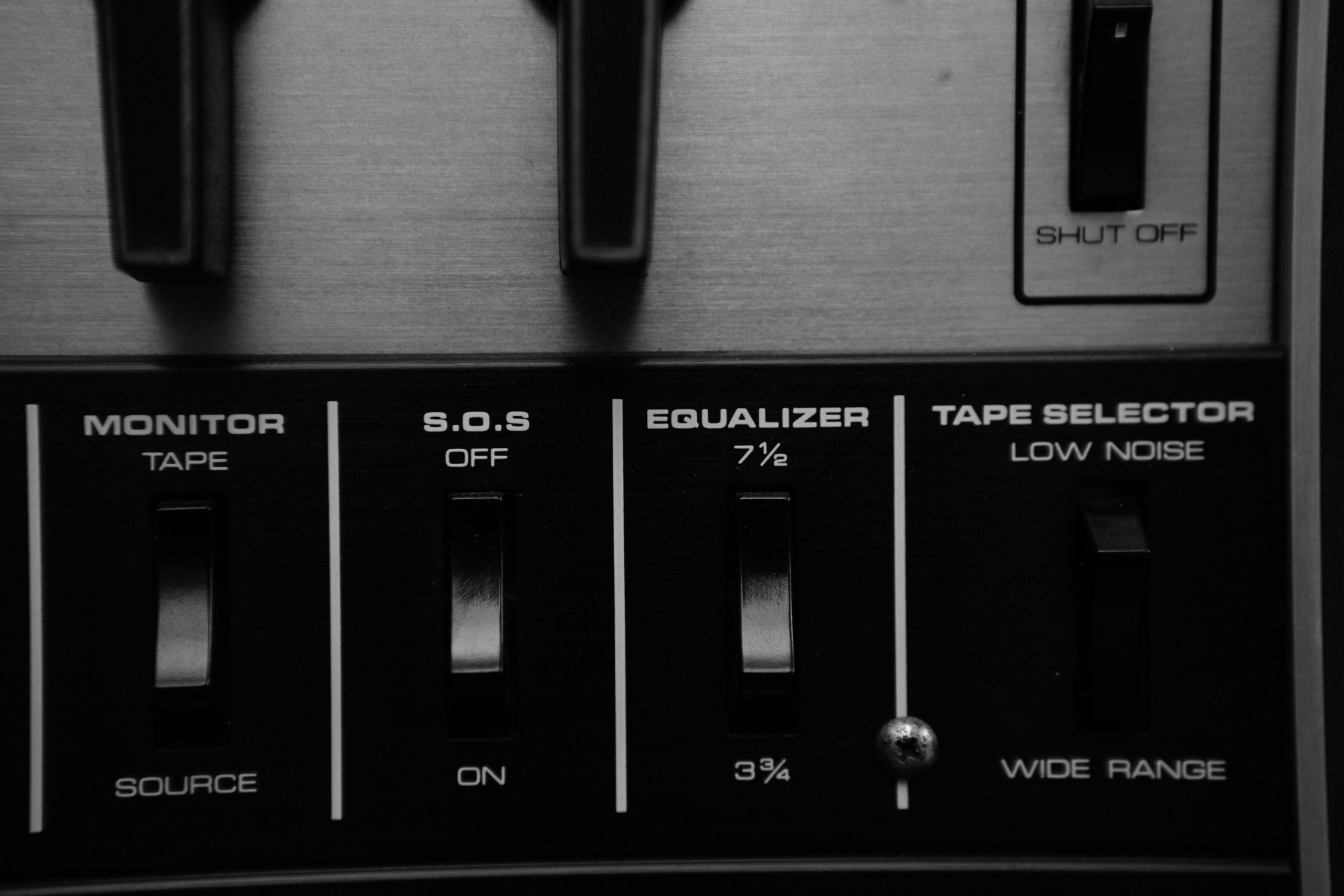Understanding and Troubleshooting Monitor Flickering Issues When Connecting Multiple Displays
Encountering display issues can be frustrating, especially when they interfere with your workflow or entertainment setup. If you’ve noticed that your primary monitor flickers or turns off intermittently when powering on a secondary monitor, you’re not alone. This article explores common causes and solutions for such problems, helping you diagnose and resolve them effectively.
Scenario Overview
In a typical dual-monitor setup, users may experience flickering or display disruptions on their main monitor upon connecting a secondary display. For example, consider a setup with a 27-inch ASUS monitor connected via HDMI to a NVIDIA GeForce RTX 2070 graphics card, and a secondary 21.5-inch Dell monitor connected through the motherboard using DVI. Such issues might manifest as the primary monitor briefly flashing or shutting down when the second monitor is powered on, with the secondary monitor remaining stable throughout.
Common Symptoms and Observations
- Primary monitor flickers or briefly turns off when the secondary monitor is powered on.
- A faint clicking or spinning sound emanates from the primary monitor, resembling a hard drive spin-up.
- The flickering persists until the secondary monitor is turned off.
- The secondary monitor remains unaffected and stays on without issues during this process.
- When the secondary monitor is powered down, the primary operates normally.
Potential Causes
- Power Supply Limitations:
- Connecting multiple monitors to a shared power strip can overload the circuit, especially if one device draws significantly more power.
-
Monitors, especially larger ones, can draw substantial current, potentially causing voltage dips affecting the primary display.
-
Insufficient Power Delivery:
-
The power strip or outlet may not provide stable or sufficient power, leading to fluctuations.
-
Graphics Card or Driver Issues:
-
Driver conflicts or limitations in handling multiple displays might cause flickering or connection issues.
-
Hardware Connectivity:
- Faulty or loose cables can contribute to unstable display signals.
- Incompatible or aging hardware may also be a factor.
Recommendations and Solutions
- Improve Power Management:
- Connect monitors directly to dedicated outlets rather than sharing a power strip, or use a high-quality power strip with surge protection and sufficient capacity.
-
Ensure the power source provides consistent voltage and current.
-
Check Hardware Connections:
- Verify that all cables are securely connected.
-
Test with different cables to rule out faulty wiring.
-
Update Drivers and Firmware:
- Ensure your GPU drivers are
Share this content:



